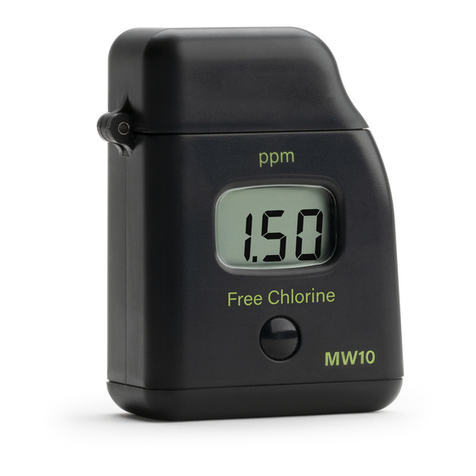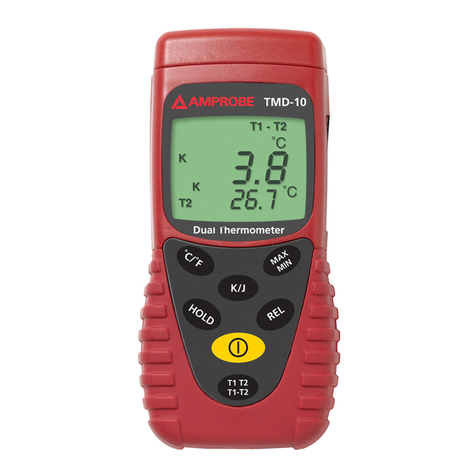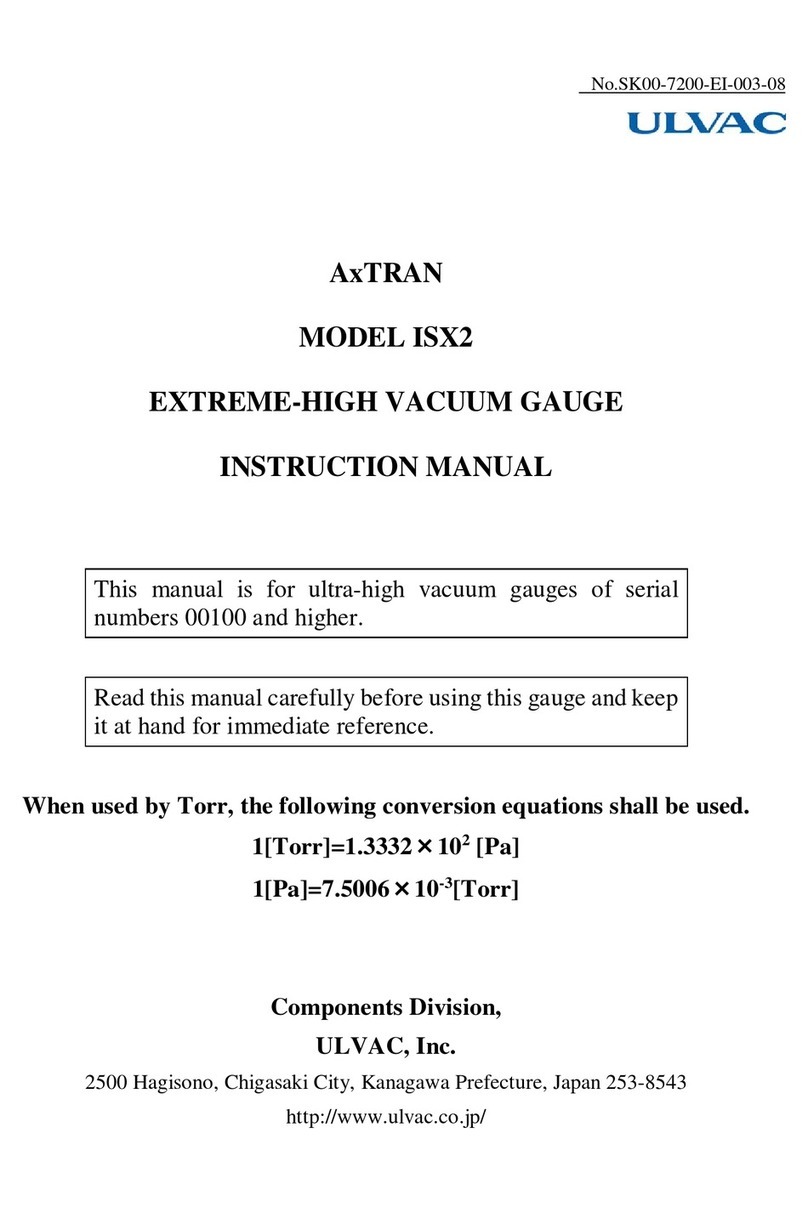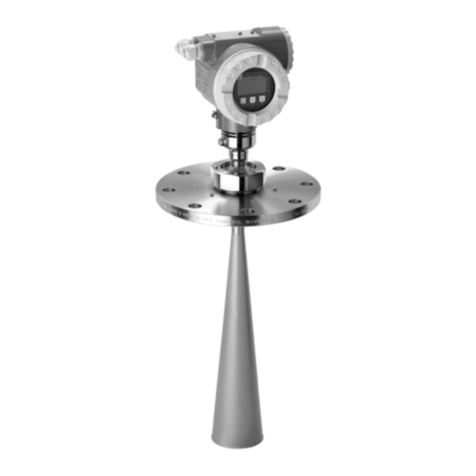EM LABS CR Series User manual

OPERATION MANUAL
CR Series split cylinder resonator
EM LABS INC.
April 6, 2020

1
Table of Contents
1. Product Overview.............................................................................................................2
Appearance and structure of the resonator..........................................................................2
Product specifications..........................................................................................................3
Accessories...........................................................................................................................3
2. Measurement....................................................................................................................4
Sample preparation..............................................................................................................4
About sample size.............................................................................................................4
About thickness measurement .........................................................................................5
Measurement procedure......................................................................................................6
Before starting measurement ...........................................................................................6
Instrument connection.....................................................................................................6
For accurate measurement ...............................................................................................7
3. Maintenance and Repairs.................................................................................................8
Health check with stable samples.........................................................................................8
Daily cleaning ......................................................................................................................8
Simple troubleshooting........................................................................................................8
Repair...................................................................................................................................8
First Edition: April 6, 2020

2
1. Product Overview
This section outlines the product.
CR series split cylinders are designedto be used with a network analyzer and measure complex
relative permittivity of dielectric materials. In order to accurately measure low permittivity
and low loss materials, the loss of the resonator is designed and manufactured extremely small.
In addition, since the sample can be easily inserted/removed, you can efficiently measure
samples. Measurement can proceed according to the instructions of the permittivity
measurement software.
Appearance and structure of the resonator
As shown in the figure below, the part where the resonator is split into two is the sample
insertion space. There are two coaxial connectors on the side for connecting the network
analyzer. By inserting the measurement sample, then tilting the fixing lever, the sample is
firmly fixed, which enables reproducible measurement.

3
Product specifications
Model number
Resonance characteristic
Connector type
Frequency (GHz)
Un-loaded Q
Mode
CR-710
10
20,000
TE011
2.92 mm(f)
CR-720
20
14,000
CR-724
24
14,000
CR-728
28
14,000
CR-735
35
10,000
CR-740
40
10,000
CR-750
50
7,000
2.4 mm(f)
CR-760
60
6,000
1.85 mm(f)
CR-780
80
6,000
1 mm(f)
Operating temperature: 0 to 40℃
Accessories
There is no accessory. Proper coaxial cables are required for analyzer connection according
to the network analyzer to be used.

4
2. Measurement
This section provides measurement tips.
Sample preparation
It is necessary to prepare the measurement sample into a plate shape according to the fixture
to use. Since the thickness of the sample is used to calculate permittivity, it is important to
accurately measure the thickness. Also, in order to accurately measure the thickness, it is ideal
that the sample is flat and uniform. It is the first step of accurate measurement to properly
prepare the sample.
About sample size
The optimum thickness of the sample depends on the dielectric properties of the sample and
the resonator to be used, but 100 μm is a good starting point. In addition, it is necessary to
cut the materials properly so that it fits well in the fixture. The higher the frequency and the
higher the permittivity, the thinner the sample needs to be. For example, a lower permittivity
(2.5) material with 100μm thickness is appropriate up to 80 GHz.
The following chart shows typical maximum measurable thickness vs. permittivity and
frequency. Please note that the sample may need to be significantly thinner if the material has
relatively high loss (tanδ>0.01). It is recommended to prepare a sample as thin as possible if
the measurement software cannot find resonance, and thus cannot measure.

5
It is also necessary to cut the materials properly so that it fits well in the fixture. The
following table provides the proper sample size for the resonators.
Resonator
Short side(mm)
Long side (mm)
10 GHz
58 –63
70 - 80
20 - 80 GHz
30 –35
40 –50
About thickness measurement
When actually measuring permittivity, you need to input sample thickness according to the
measurement software instruction. It is recommended to measure the sample thickness in
advance. Since the error of the input value causes the error of the permittivity measurement,
accurate measurement is necessary.
It is generally recommended to measure three or more points with a micrometer, and use
the average value. In that case, it is important to measure the thickness of the part used for
permittivity measurement. The figure and table below show the position of the part to be
measured.
Model
Radius r (mm)
CR-710
20
CR-720
10
CR-724
8
CR-728
7.5
CR-735
6
CR-740
5
CR-750
4
CR-760
3.5
CR-780
2.5

6
Measurement procedure
Start the permittivity measurement software and follow the instructions on the screen to
perform the measurement. Please refer to the software manual for detailed procedure. This
section focuses on key points to know on the hardware operation for proper measurement.
Before starting measurement
Before starting the permittivity measurement software and starting the actual measurement,
please make sure that the following preparation has been completed.
・The temperature of the resonator is stable. It is recommended to start measurement at
least 30 minutes after setting the fixture in the actual measurement environment.
・The network analyzer has been warmed up. (Follow the recommended warm-up time of
the network analyzer)
・The size of the samples has been measured and recorded.
・A torque wrench and spanner for connector connection must be prepared. Tweezers and
gloves for handling samples are prepared, if necessary.
Instrument connection
Connect the split-cylinder resonator to the network analyzer to measure permittivity. Since
the connector type varies depending on the frequency band, please use the appropriate cable
respectively. The type of connector is described in the product specifications.
NOTE
It is important to use a torque wrench to apply proper torque when
tightening the connector. Excessive torque can damage the connector.
Torque shortage causes measurement errors and rotation of the center
conductor, which can damage the connector. Also, be careful to rotate
only the nut of the male connector. Rotating the center conductor
leads to wear and damage of the connector.

7
For accurate measurement
The split cylinder resonator is designed and manufactured to measure permittivity with high
accuracy. There are some key points in order to make full use of its performance.
About particles on sample surface
If particles adhere to the surface of the sample, the space between the resonators when the
sample is sandwiched is widened accordingly. Since the distance between the resonators
affects the resonance frequency, it causes an error in permittivity measurement.
This effect is particularly significant in thin film measurement. Wipe the surface with a
nonwoven fabric before measuring the sample. If there is a possibility that particles attached
to the sample may be transferred to the sample insertion space of the resonator, gently
sandwich the nonwoven fabric with a small amount of alcohol and then pull it up for cleaning.
About cables
Minimize the cable movement during measurement. Also, minimize the movement of the
resonator.

8
3. Maintenance and Repairs
This section explains daily maintenance and simple troubleshooting.
Health check with stable samples
It is recommended to periodically measure samples with stable characteristics and check the
condition of the measurement system.
Daily cleaning
The split cylinder is basically maintenance free. If the surface of the sample insertion space
becomes contaminated due to transfer from the sample etc., gently sandwich the nonwoven
fabric with a small amount of alcohol then pull it up for cleaning.
NOTE
Do not disassemble the fixture for cleaning as it may cause malfunction.
Especially, do not touch the inside of the resonator. Performance may
deteriorate greatly.
Simple troubleshooting
This section explains what to do when an error occurs in the measured value. Please make
sure that the cable is securely connected. Clean the surface of the sample insertion space
according to Daily cleaning. If the problem remains, then the fixture needs to be repaired.
Repair
If repair is necessary, contact us directly from our website.
https://www.emlabs.jp
This manual suits for next models
9
Table of contents
Popular Measuring Instrument manuals by other brands
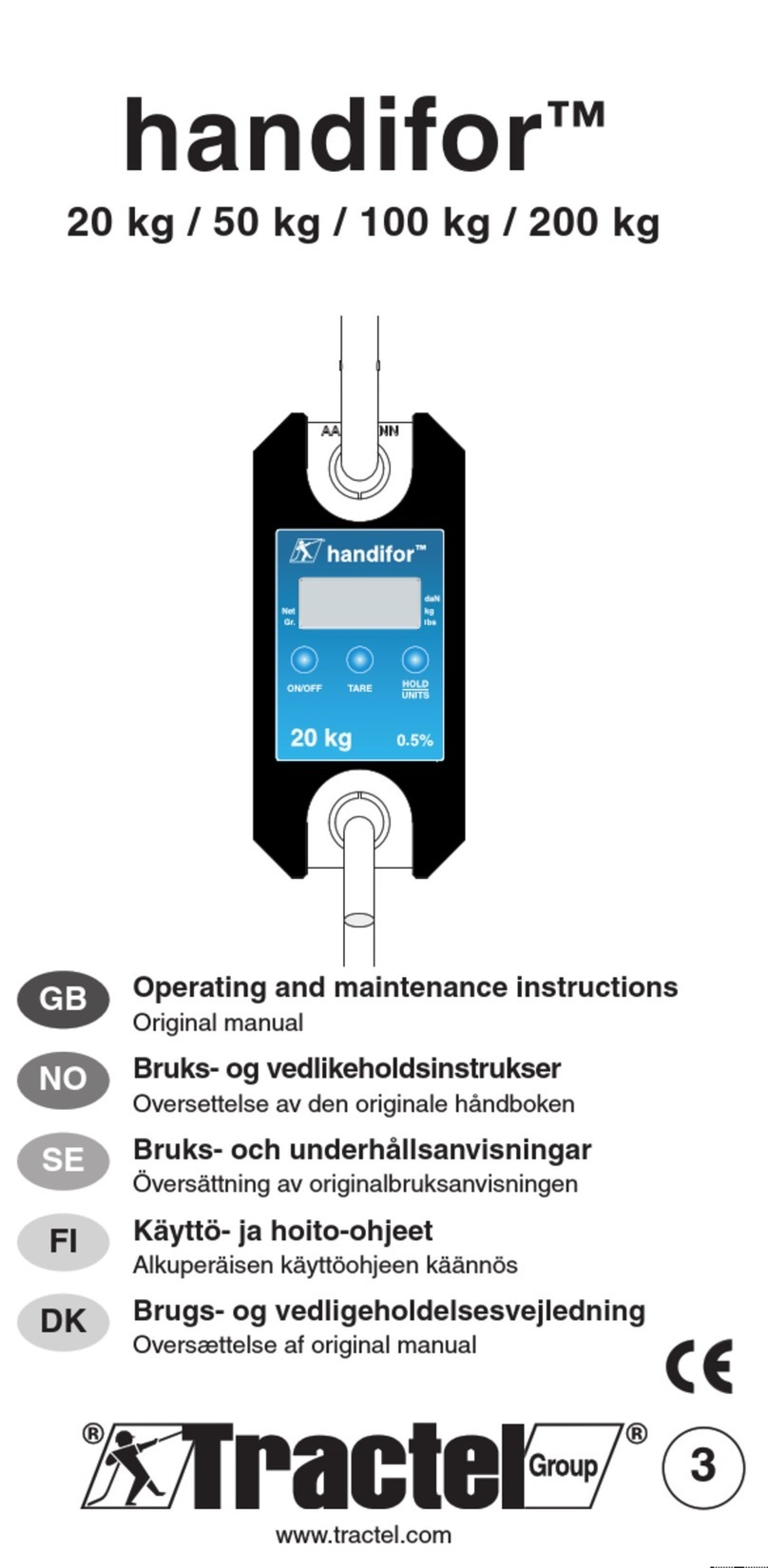
Tractel
Tractel Handifor 20 Operating and maintenance instructions
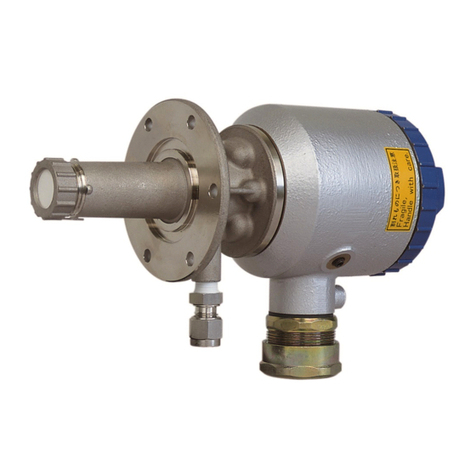
Fuji Electric
Fuji Electric ZFK8 Series instruction manual

International Light Technologies
International Light Technologies ILT1700 instruction manual
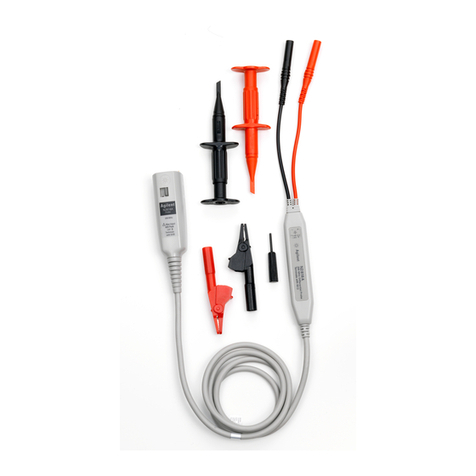
Keysight
Keysight N2818 user guide

CDR
CDR SLB222 Short guide
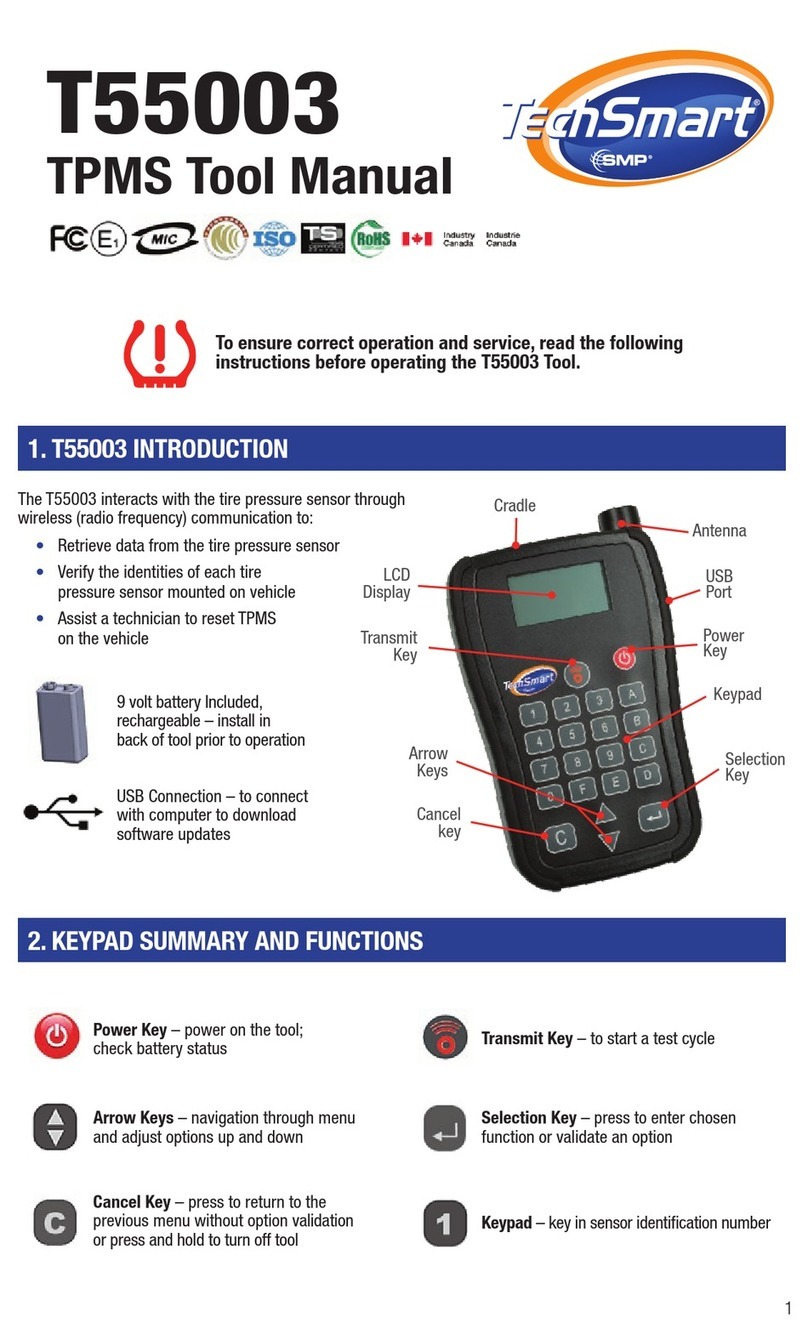
SMP
SMP TechSmart T55003 manual
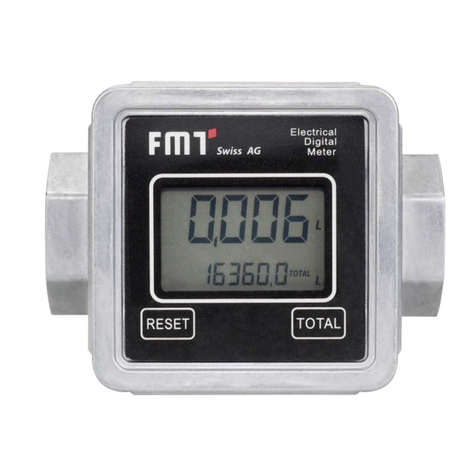
FMT Swiss AG
FMT Swiss AG 23295 operating instructions
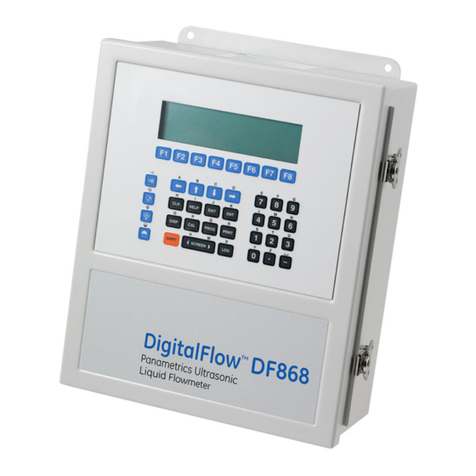
Panametrics
Panametrics DigitalFlow DF868 Programming manual
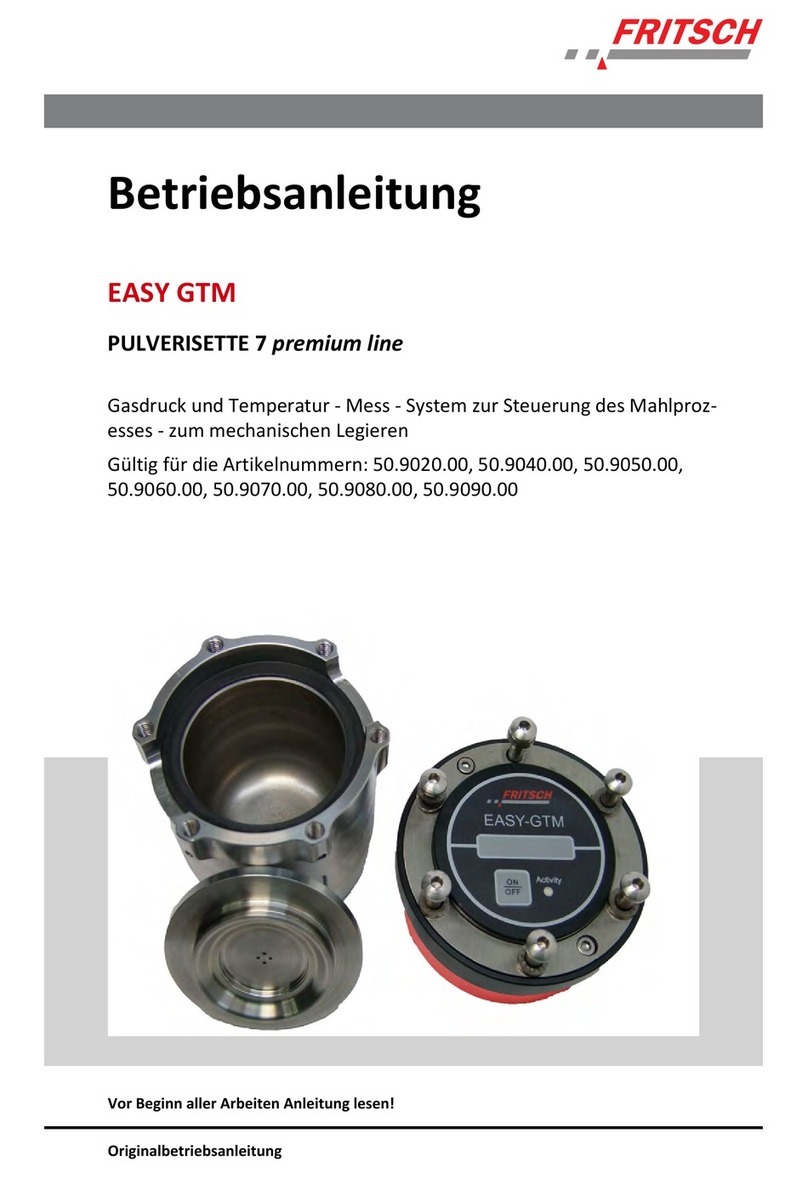
Fritsch
Fritsch PULVERISETTE 7 EASY GTM operating instructions
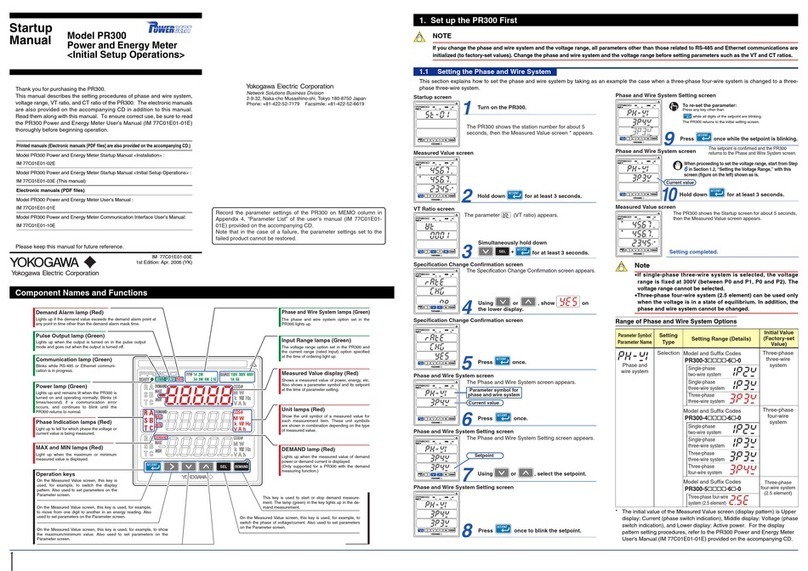
YOKOGAWA
YOKOGAWA PR300 Startup manual

Leica Geosystems
Leica Geosystems DISTO D810 quick start
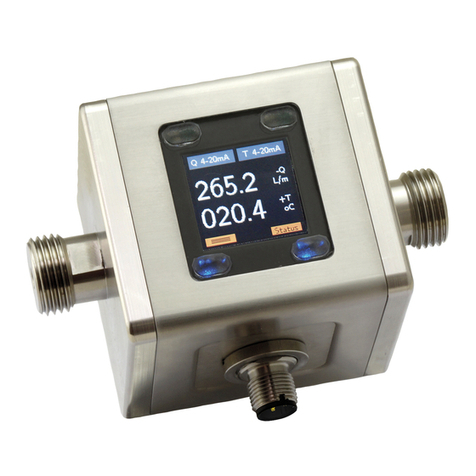
Kobold
Kobold MIM Series operating instructions
